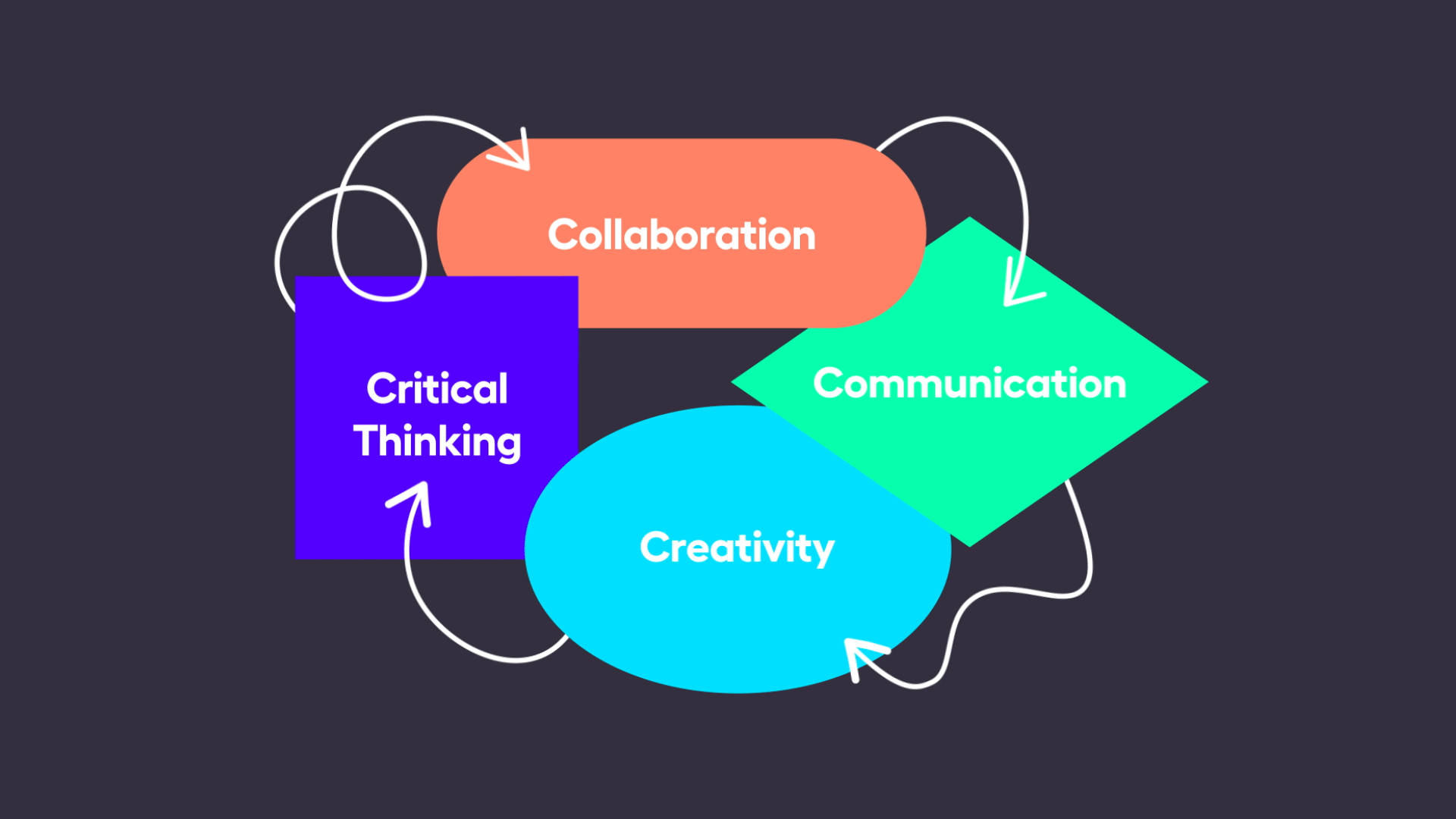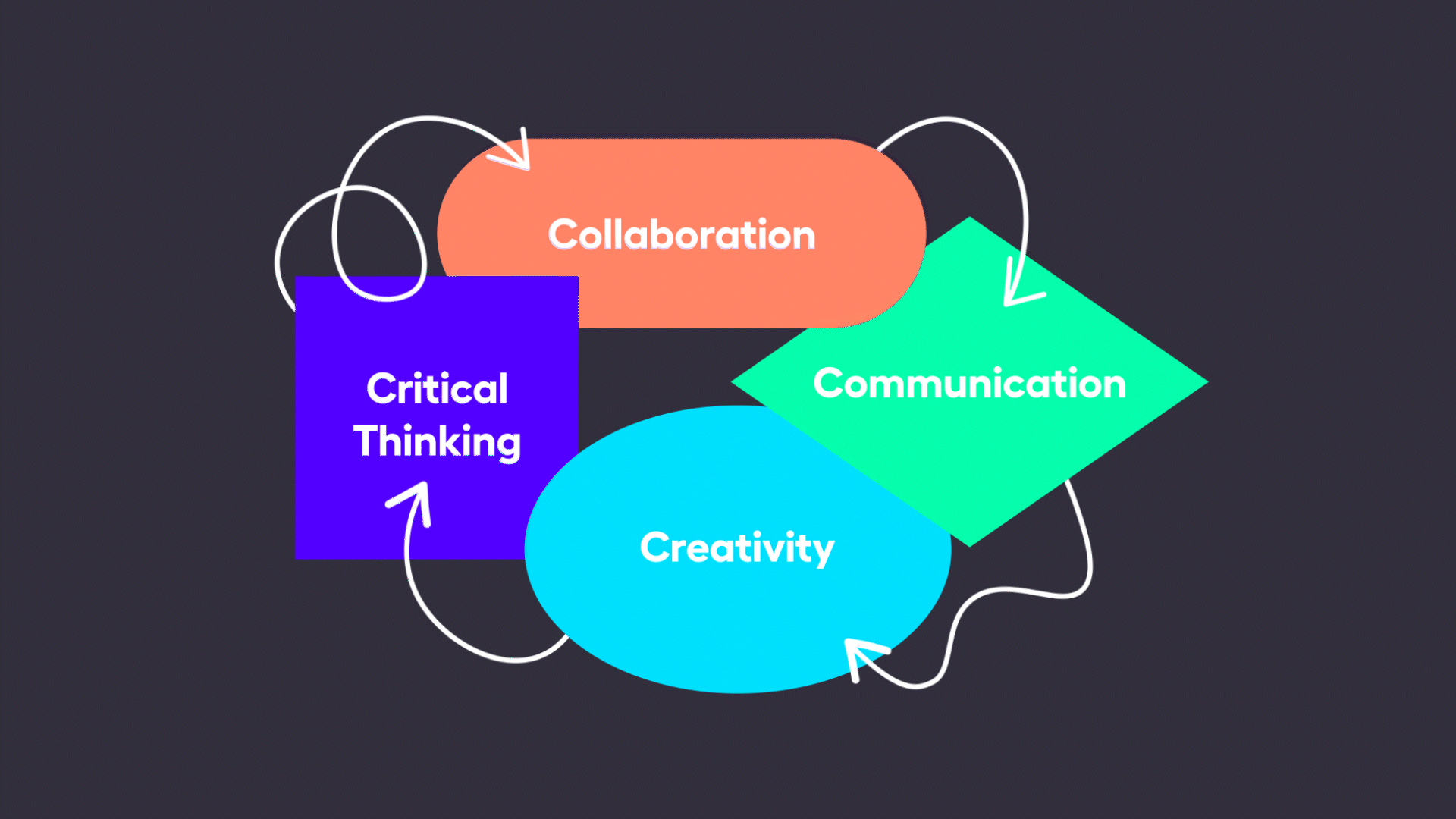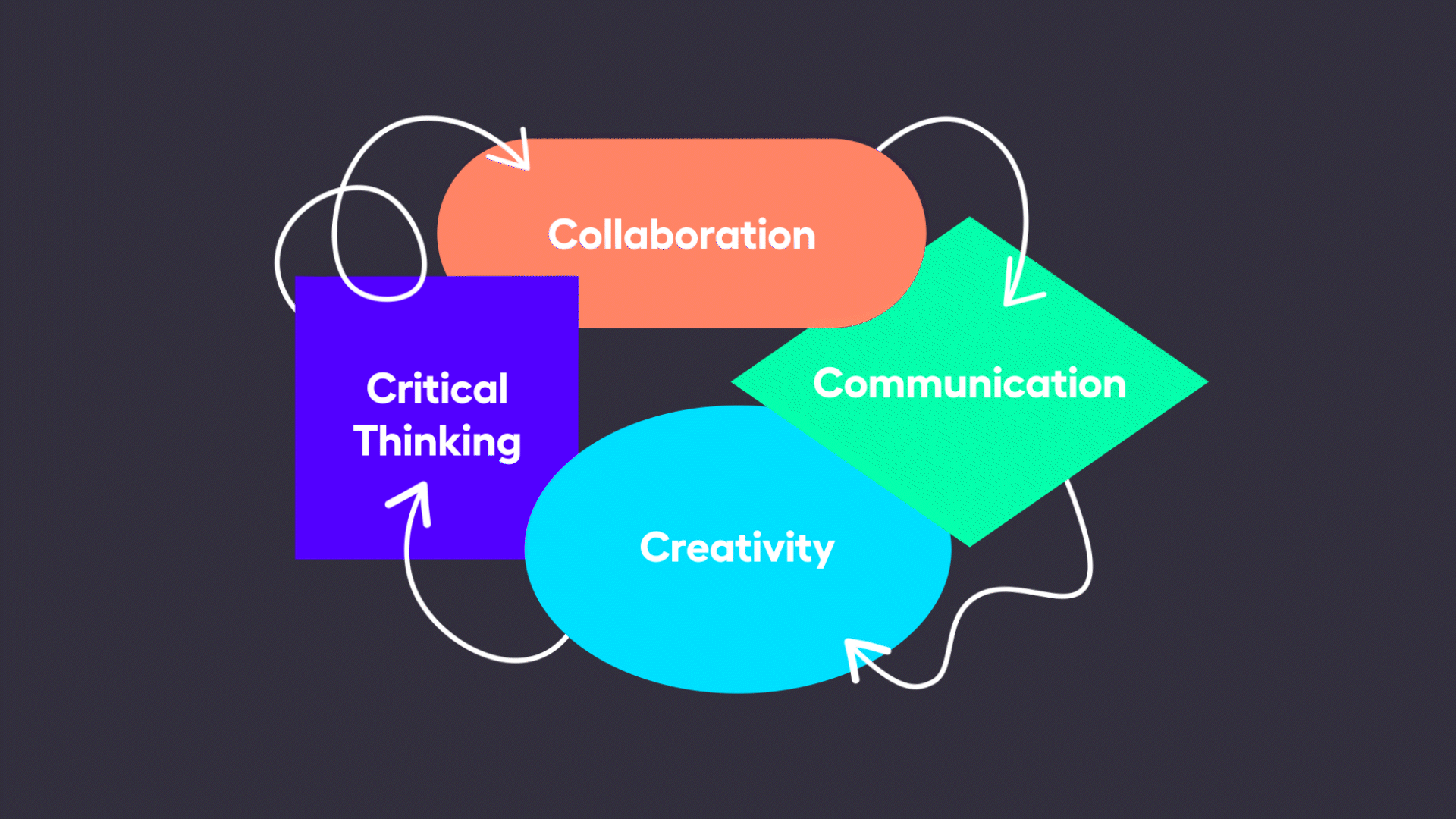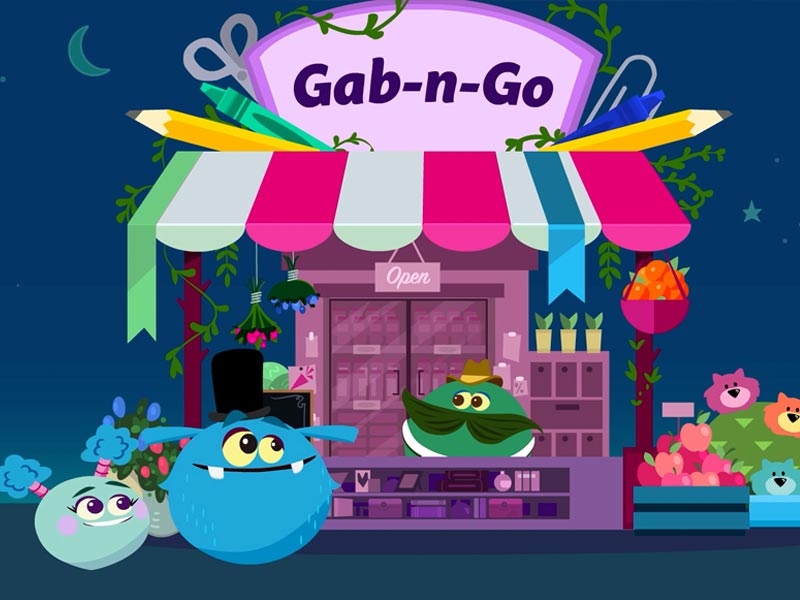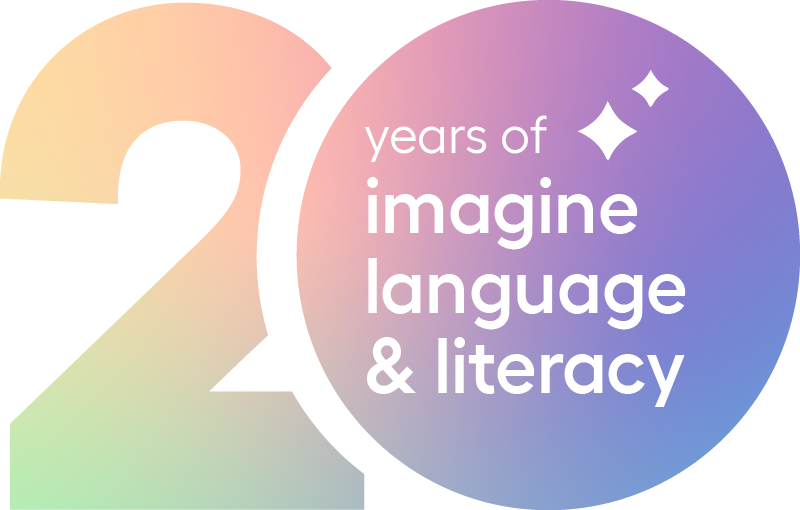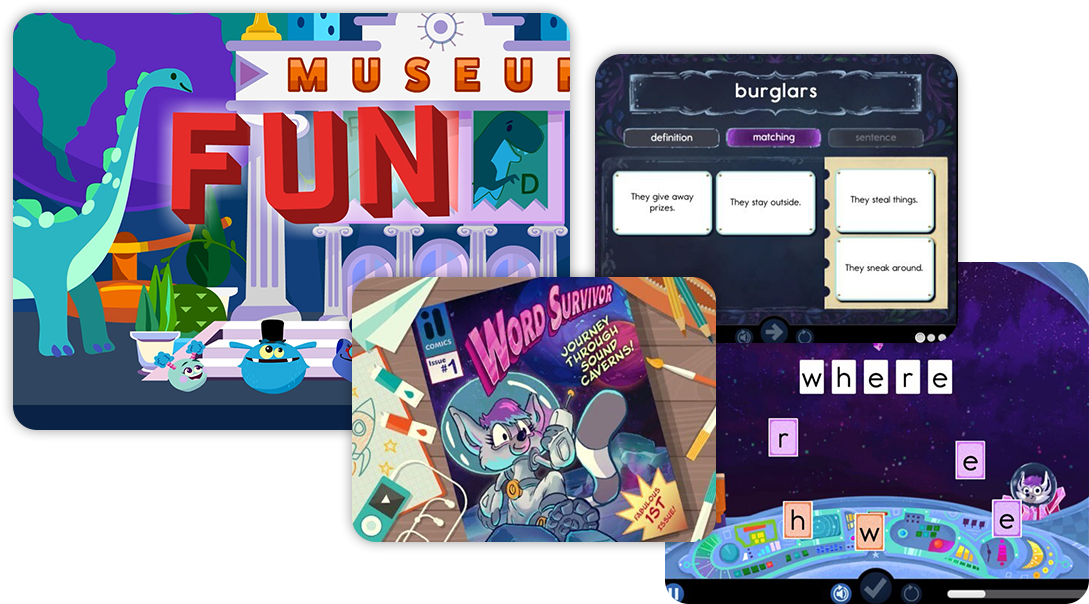May 17, 2024 12:55 pm
Empowering the Next Generation: How CTE Fosters Career Confidence
CTE programs equip students with not only essential skills and competitive credentials but also with the confidence they need to excel in today’s competitive job markets.
The decision of what to do after high school can feel overwhelming for many high school students. They’re coping with academic pressures and personal stressors, which can make every decision feel weighted.
Here’s where career and technical education (CTE) programs come in.
They’re more than just vocational training to connect high school students to viable careers; they also help boost students’ self-confidence and build real-world competencies. As the job market becomes increasingly competitive, CTE programs play a crucial role in preparing the next generation for successful and fulfilling careers.
Here are 3 ways CTE programs alleviate student anxieties, helping them enter the “real world” with confidence:
CTE programs stand out as an essential educational pathway that empowers students to reach their full potential.
A pathway to sustainable careers
By providing clear pathways to in-demand careers, CTE programs help students see the direct correlation between their efforts in school and their future success. This visibility enhances their motivation and encourages them to envision their future beyond high school. And, knowing that they are on a direct route to a viable and sustainable career can significantly alleviate the anxiety and uncertainty that many students face regarding their future after high school.
Career and technical education programs don’t just teach students a set of job-specific skills; they also build confidence, alleviate anxiety, and encourage personal and academic growth. As the demand for skilled professionals grows, CTE programs stand out as an essential educational pathway that empowers students to reach their full potential.




